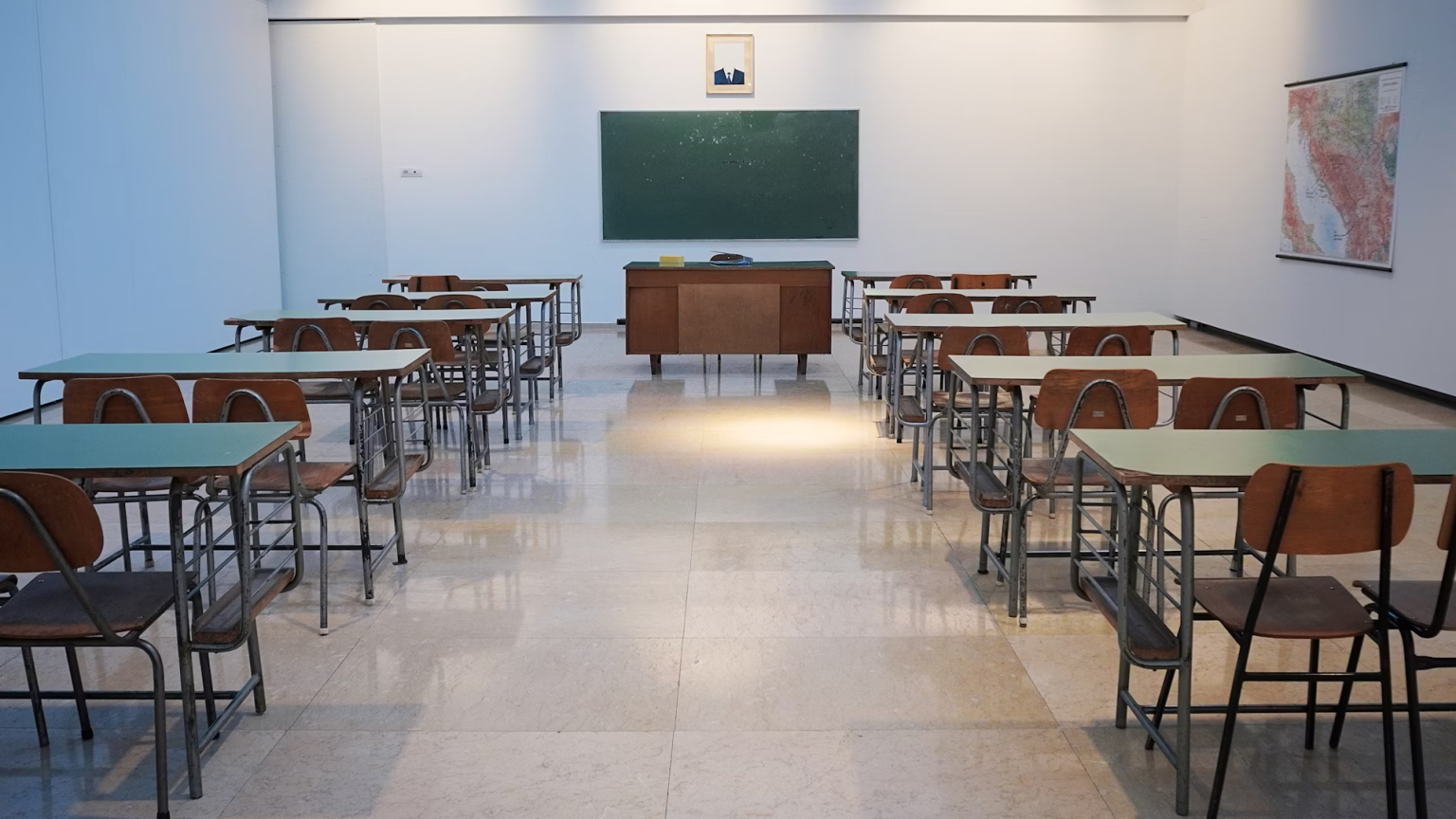Rural schools in Northern Ireland are confronted with hard problems that hinder education. These schools are located in areas where there are few people. It can make it difficult for them to get what they need for a good education. It is vital to be informed about these issues to mitigate them. We will talk about these problems and possible means of their solution.
Limited resources
One serious concern for rural schools is the fact that they do not get as much money or even limited books and electronic devices as compared to other schools. The financial resources of schools in cities might be higher because, for every person, there is more production of taxes. However, this is not so bad for a small town as there are not many people there, and the money for school gets dispersed. Therefore, students from sparsely populated areas might not have access to educational facilities on the same level as students from towns.
Often, students in such schools may have problems accessing the resources they may need to write papers. To solve this, students can turn to Customwritings.com who can provide quick help. They should not hesitate in such cases because this is a really nice opportunity to get some help.
Small student numbers
The next challenge for rural schools is their small number of pupils. Schools could have students exceeding hundreds or more than a thousand in big cities. On the other hand, in a city school, there might be just a couple of dozen students, whereas in a rural area, the entire school might have only a few dozen students. Getting fewer students can be problematic for schools that provide a full range of classes, activities, and courses.
Geographical isolation
Rural principal schools in Northern Ireland are mostly situated far away from other towns and cities. This might subsequently yield situations where the students and the teachers have to travel long distances in order to reach school. It also means that if, say, schools ask for something like books or new equipment, they may have to wait a long time before receiving these items. Often, rural schools can suffer from being located in areas where the resources are not as available as their urban counterparts.
Teacher shortages
The lack of potent candidates proves to be a significant challenge for schools in rural towns. For some instructors, it is more beneficial to teach in cities that have more jobs than cities with fewer educational opportunities and recreational activities. Hence, the situation emerges that some rural schools lose their teachers or are replaced by poorly qualified teachers. To a great deal, the number of teachers limits the level of instruction that pupils are provided with.
Limited extracurricular activities
Student activities such as sports clubs are crucial in school life. Yet, in such cases as those for rural schools, the activities may be discontinued for any reason, especially for the lack of students. It transpires that this would keep pupils in rural areas away from the chance to participate in activities they love, thereby suppressing the students’ progress not only within the classroom but also outside it.
Community engagement
The majority of rural schools are usually community figures for their small towns. They are the only school in the town that organizes events like concerts or fairs. Local festivals promote tourism, cultural exchange, economic development, and social cohesion. Nevertheless, despite the fact that their size has inherent deficiencies, they can hardly mobilize parents and the community. It might result in difficulties for schools in reaching the scale of community and networking.
Strategies for improvement
One of the ways to turn rural schools in Northern Ireland into better educational centers is to conduct some actions that are able to be implemented with the wide help of our community. First, there could be opportunities for those who need a little help with the purchase of their books, computers, or sports gear. One may introduce bonuses that teachers working rurally receive.
The next possibility is being innovative and having tech. Expert talks or virtual classrooms can be organized through the use of video calls by the school administrators. It consequently gives students a chance to learn even if it is far from school. Technology can not only bridge the gap with schools but also help them get in touch with the parents and community.
Moreover, ensuring that the students and teachers experience minimal hassles in getting to school is essential, too. It would provide bus services or organize pooled cars. The government should renovate and upgrade the roads and bridges in order to make streets more passable and safer.
Bottom line
Rural schools in Northern Ireland confront special challenges that could be seen as barriers to the students’ success. There can be a series of limited resources and geographical distances, which may disturb everything in the educational sector. Yet, through comprehending these difficulties and purposefully putting efforts towards producing effective strategies for improvement, one can provide everybody with an equal opportunity to receive a high-ranking education no matter the place of their living.



